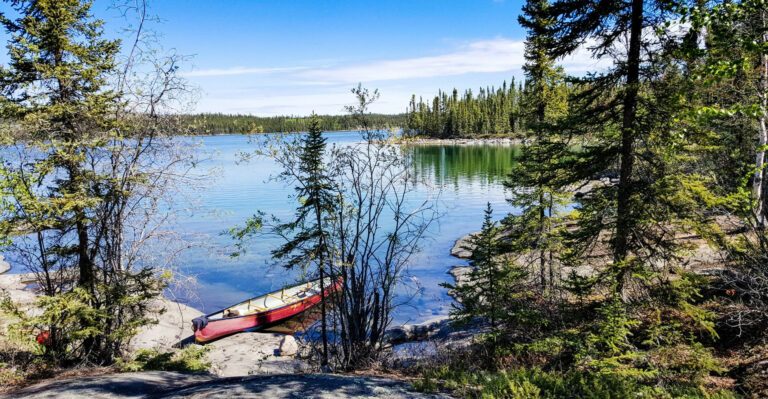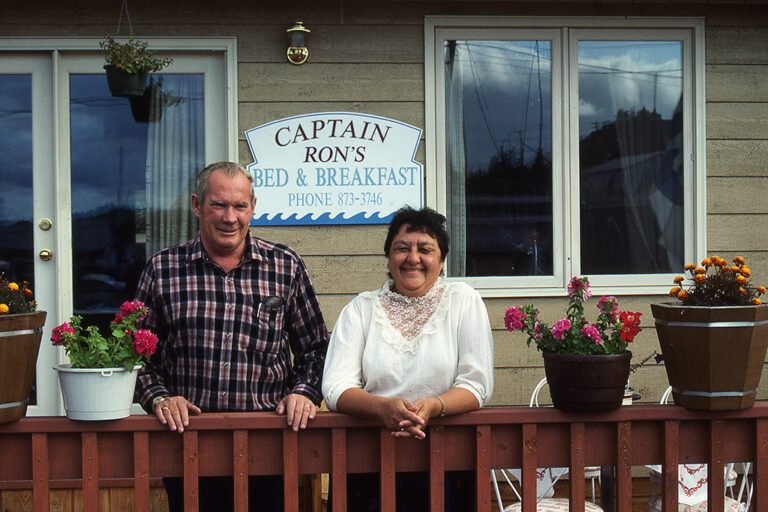In the next month or so, 10 Yellowknife homes will be fitted with grid-tied solar systems, letting the homeowners power their own houses as well as sell energy back to the grid.
The informal group of homeowners, calling themselves Yellowknife Solar Collective, came together in the fall of 2014 with the hope of driving down the cost of installation by working as a group. Weledeh MLA Bob Bromley, a part of the collective, figures members are saving around 10 percent each by creating an economy of scale and going through a single company.
“It’s something I’ve been thinking about for years,” said Bromley. “Then with the low water this year, and it looks like we’ll be having more low water years with the climate change we’re seeing, electricity rates have been going up.”
After sending out a request for proposals to a number of companies, both in Yellowknife and down south, the collective went with local company NWT Solar.
Bromley is putting a seven-panel 1.85KW system on his roof, which he expects to provide roughly 35 percent of his annual energy needs. Emery Paquin, another group member, is going even bigger, tacking 14 panels onto the side of his Grace Lake home. They will, he hopes, provide about 75 percent of his household energy needs.
“The payback period is in the order of 10 to 12 years and the equipment is guaranteed for 25 years,” said Bromley. “There’s an internal rate of return of 7.5 percent… if you think of an investment that gets 7.5 percent, that’s a sound investment.”
Give and take on the grid
The most important factor in the Solar Collective’s decision to act now was the Net Metering policy brought in by the GNWT last summer, which allows households that produce their own power to sell to the grid.
Northland Utilities will install a two-way meter into the Solar Collective’s houses that monitors energy going in and coming out. In the summer months, when the solar panels are producing more energy than a household consumes, the energy goes back into the grid. The solar producer then gets a credit for the energy which they produced, which can later be subtracted from their power bill, on a one for one basis, in those months they’re producing less than they’re consuming.
“Before, we’d have to install a bank of batteries or simply not use the extra power being generated in the summer,” said Paquin. “The net metering policy allows use the grid as a kind of storage system.”
With the new policy in place, the Solar Collective is looking to save a fair bit of cash. They’re also hoping to have a positive environmental impact. Although Yellowknife already gets most of its power from renewable hydro resources, “with the low water season of last year … NWT Power Corp was forced to go back to diesel,” explained Paquin. “If I personally take 5000 KW hours off the system, that will take the top off the demand and allow the diesels to run less frequently.”
Beside net metering, the group has managed to tap into other resources around town, like free energy assessments from Arctic Energy Alliance as well as their substantial rebate program that covers up to a third of the cost of buying and installing solar panels, up to $5000. Bromley added that because they’re “displacing costs” with the solar panels, they don’t have to declare the improvements in their taxes.
It’s too late to join the first Solar Collective, but Bromley said the group has been collecting names and at least 12 other homeowners seem interested in grouping together in a second iteration of the collective.







